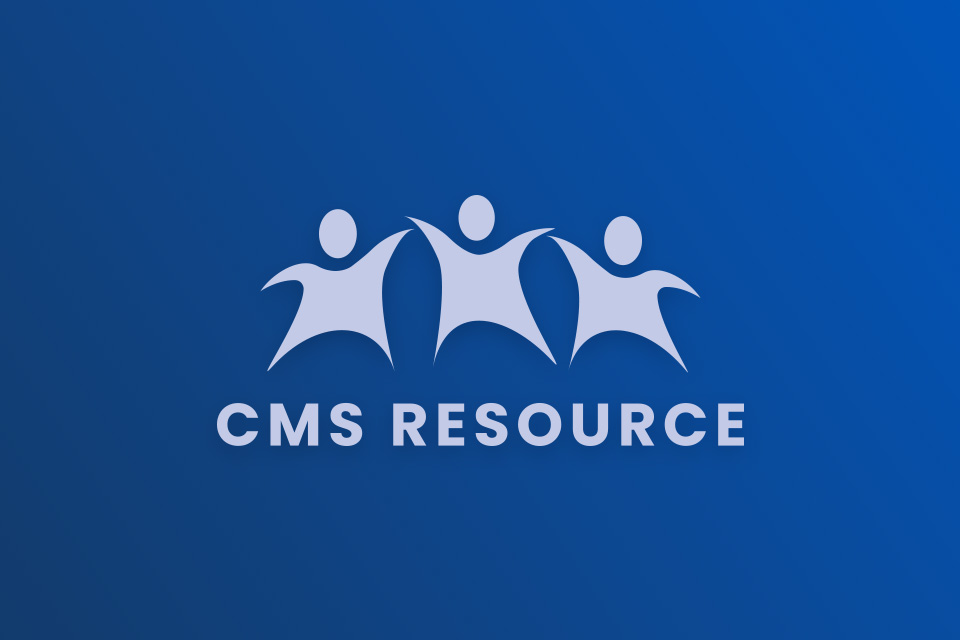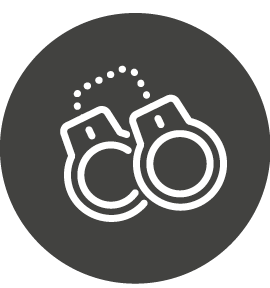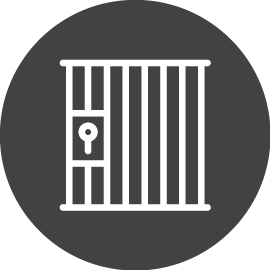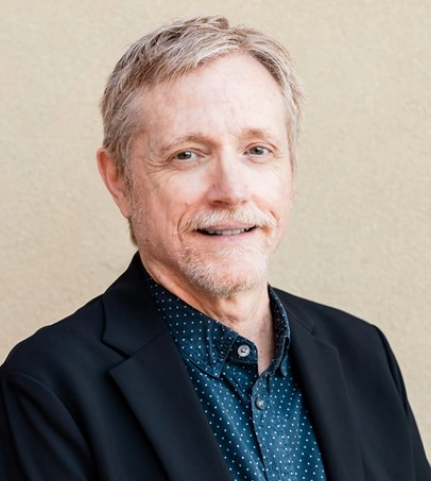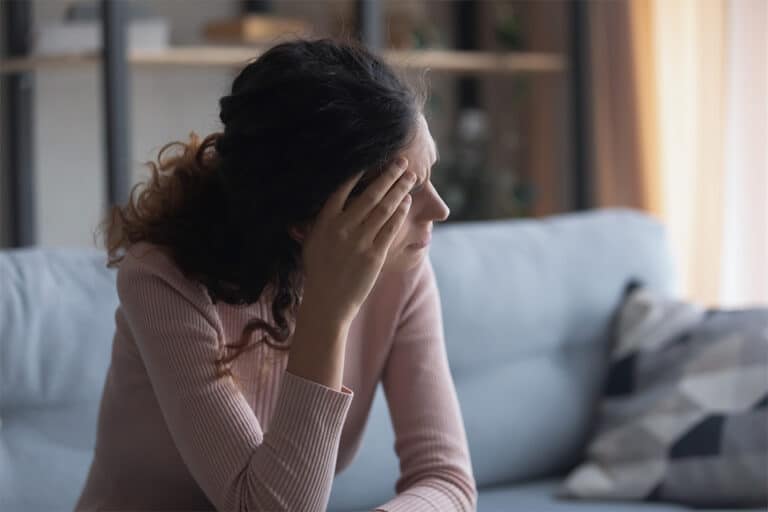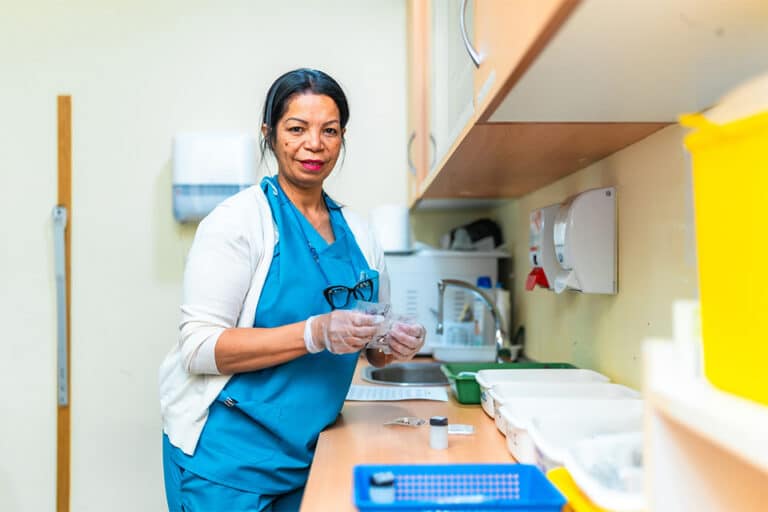How CMS is Moving the Needle in the Community
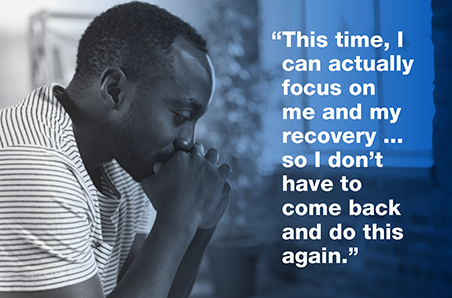
The program launched in the fall of 2022 and provides inmates medication assisted treatment (MAT) combined with counseling and behavioral therapy for those suffering from substance use disorders (SUDs). The program is strictly voluntary but has had a significant impact after just a few months, according to CMS’s Camille Cadogan, Regional Operations Director, and Jessica Jennings, Community Impact Manager.
Inmates in the Ohio Department of Rehabilitation and Correction have a unique opportunity to receive high-quality drug-addiction treatment, thanks in part to an innovative program introduced by Community Medical Services (CMS).
“Folks using illegal substances often engage in illegal behavior and go to prison,” says Cadogan. “That becomes a challenge for not only the individual who potentially will now go through withdrawals but also for the prison staff who don’t know how to properly cope with these situations,” says Cadogan. “This program allows us to get the inmates started on medications and counseling services right away.
“Those inmates in the program are telling us that this is the first time in their lives that they can focus on their treatment rather than trying to find something illicitly and illegally (to feed their addiction). So now we’re also reducing illicit drug use going on in the prison and focusing on what rehabilitation can be.”
Inmates in the program go through the program’s 90-day review process and are asked what they feel the program has provided them. “Every inmate gives the same response in some form: ‘This time, I can actually focus on me and my recovery,’” says Jennings. “The underlying message being ‘so I don’t have to come back and do this again.’
Synchronizing Many Moving Parts
The program works like a well-synchronized machine. Once an individual has been identified as needing assistance for SUDs, it’s all hands on deck to get the individual into the program, complete paperwork, meet with a provider, review their medical history, and then receive the medication they need. Inmates in the program come to the clinic daily to get their dosage in a highly organized and regulated process that CMS coordinates with the prison.
There are many moving parts within the prison system. The inmates need passes to be able to come during the clinic’s hours while working to prevent disruptions to the inmates’ daily schedules and counseling sessions.

Community Partners Rally to Support Program
In addition to providing treatment while in prison, the program is also highly focused on giving inmates a better chance to succeed once released from prison, which is a dangerous time for incarcerated opioid addicts, according to experts. Fatal or near-fatal overdoses are common just after release from custody, and they are the leading cause of death upon release from prison, especially for women.
But MAT has been shown to reduce overdose death rates by more than 50 percent, says CMS CEO Nick Stavros. CMS works closely with other organizations to ensure the inmates can continue their recovery process once outside prison, an extremely important part of the process that begins about four weeks before the inmate is released.
“The last thing we want is for someone to be released and have nowhere to go,” says Cadogan. “We’ll begin linking them to another community partner so we can communicate on their behalf and connect with their probation officers to explain our program. We make sure they have a plan before they are released.” Some of the community partners CMS is actively working with include Clean Slate, Harbor Lights, and Bright View.
“We’re forging beautiful relationships with these organizations that help us provide this wrap-around system of care for not just inmates but all those who reach out to us for help,” says Jennings. “Our emphasis at CMS is really making this a community effort while focusing on the process of recovery, and not the product.”
Proven Performance Turns Skepticism into Support

Some prison staff expressed skepticism about the program in the beginning, says Cadogan. “Mostly because of the unknown. We have developed a great working relationship with the staff because they are seeing the difference,” says Cadogan.
In some instances, the prison staff is requesting assistance from CMS if an inmate in the program is acting differently or conducting behaviors that could get the inmate suspended from the program. “They want to help keep the inmates in the program because they know it’s helping them,” she says.
“The correctional officers have developed a real understanding of the program and have been absolutely amazing to work with to help the inmates stay in the program.”
Reducing the stigma and misunderstanding is an ongoing challenge, says Jennings. “It’s important to take any opportunity to continue educating those who don’t understand how the program works. Like communicating that we’re actually reducing the value of the contraband within prisons which helps reduce that criminal activity.”
Annette Chambers-Smith, director of the Ohio Department of Corrections and Rehabilitation calls the program a “powerful advance for giving people second chances” and “an important tool in effectively fighting” SUD, lowering recidivism rates, and reducing fatalities associated with drug use.
